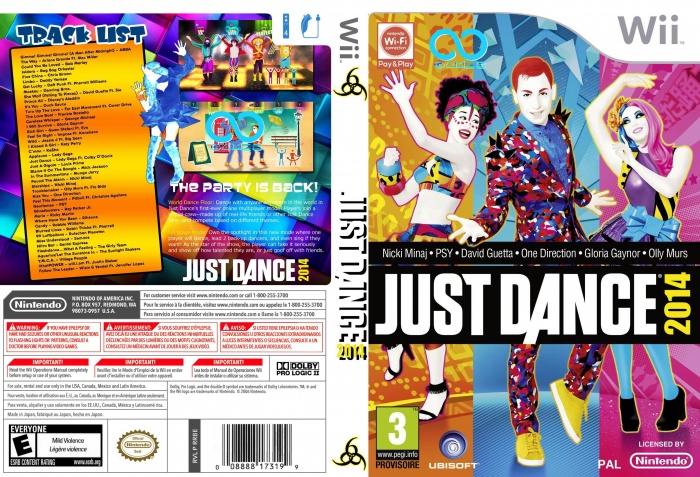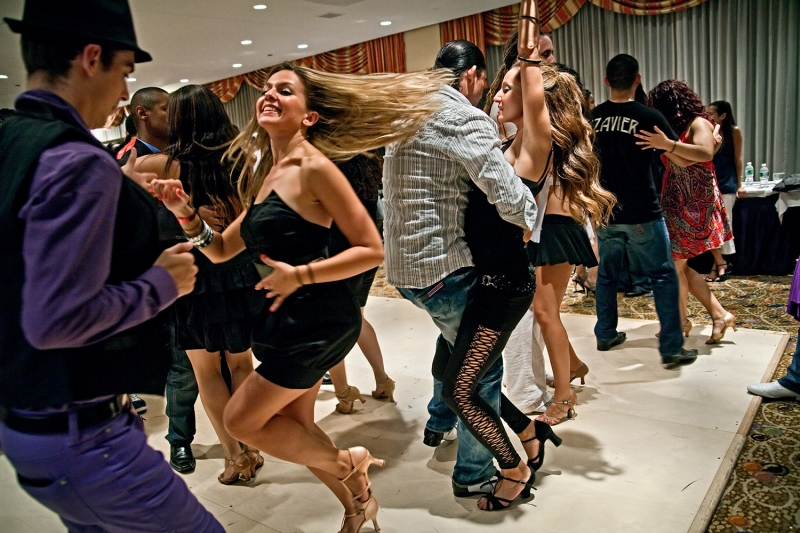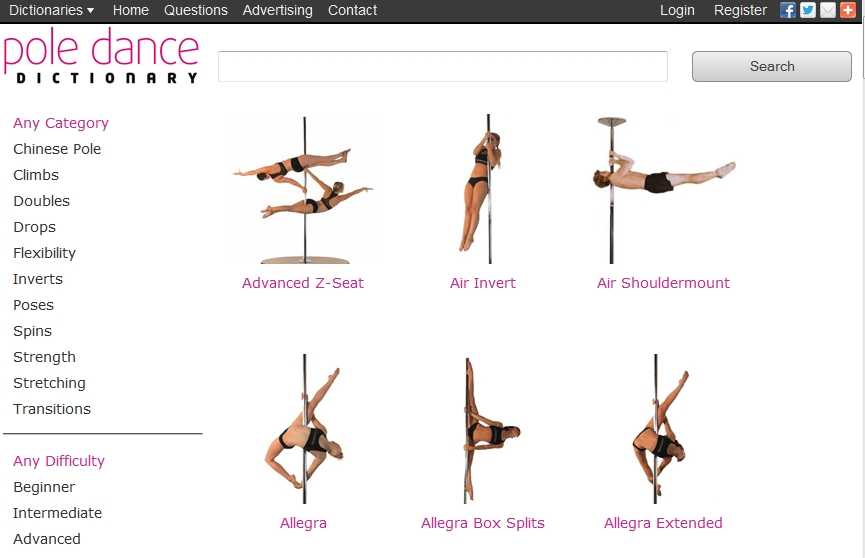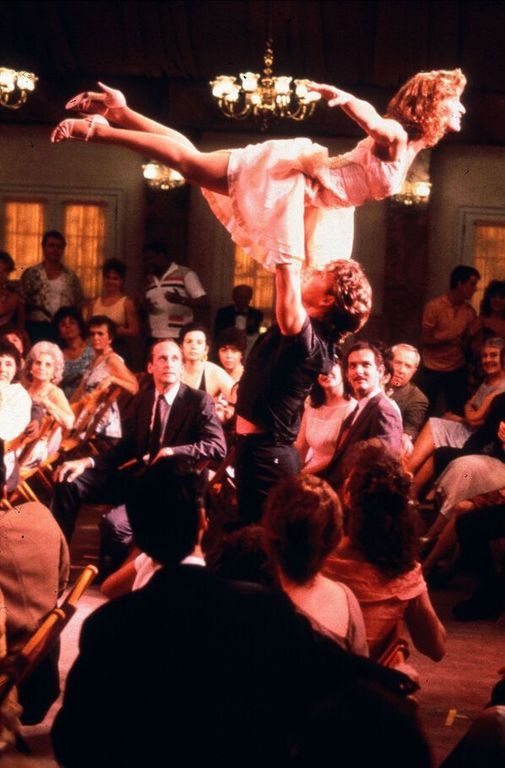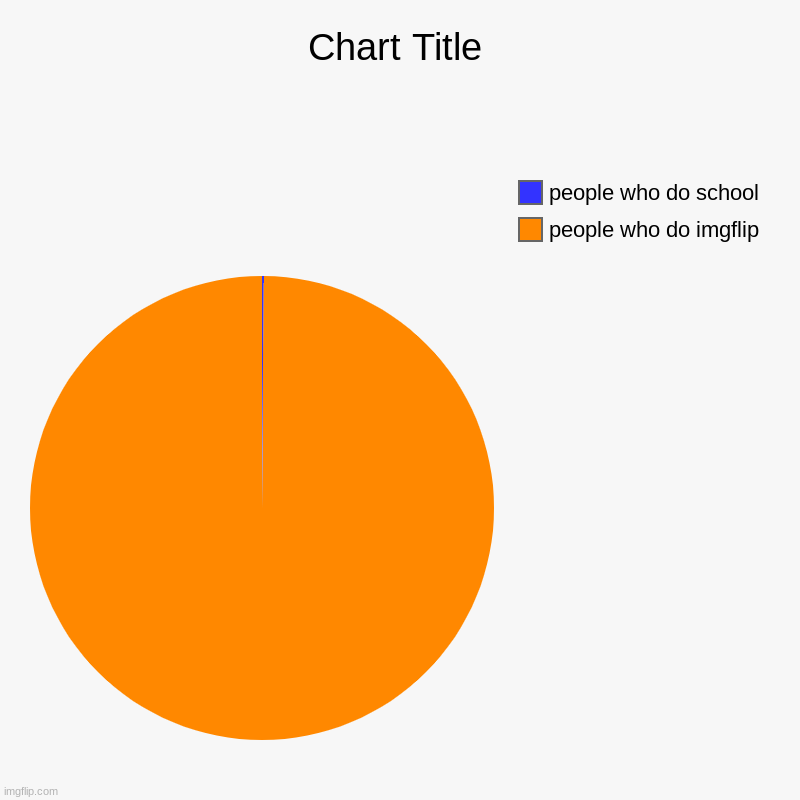How to do the potty dance
Are Your Kids Doing the Potty Dance?
Managing restroom breaks while teaching can be a challenge when you are working with young children! How can you get everything done during the day and meet all of the standards when you are continually stopping to send children to use the toilet? In this post, I will tell you how I teach the rules for using the restroom, and also how I manage potty breaks as well. Because when you’re doing “The Potty Dance,” it’s time to GO!
Let’s start with the basics. Children are supposed to be fully toilet trained BEFORE entering school, (assuming we are talking about children with no developmental delays.) However, we probably all have had a child that was doing the “potty dance,” but didn’t even realize it, and didn’t even seem to know that he or she needed to go! It amazes me that this can still even happen in Kindergarten AND in first grade, but YES- I have seen it with my own eyes!
AND… don’t even get me STARTED on children that expect me to wipe their bottoms after a bowel movement! I tell parents from the beginning that this would be the end of my teaching career; I am not allowed to touch their child in their private parts and I would never dream of doing so EVER. So the children MUST be independent in all areas of toileting. (Again, if it were a special needs child and it were written into the child’s IEP, that would be a different story. But in my regular education kindergarten class, the rule at our school is that if a child needs help toileting, they must go to the nurse. Teachers do not wipe students’ bottoms. ) I have had a few children decide to “just go in their pants,” telling me that they will be fine waiting for their mom to come clean them up at the end of the day, because they just NEVER wipe their own bottoms! (The last one assured me that it was quite alright! HE didn’t mind!) The problem was that WE did! Yikes- the smell was unbearable, so that plan didn’t work, obviously. I sent him to the restroom and insisted that he wipe and change into other clothes! He was very upset, poor little thing- but it didn’t happen twice.
One of my favorite songs from our Classroom Management CD/DVD is “The
Potty Dance” song, and the inspiration for it was just that- kids dancing about and holding their hands around their private parts, trying to avoid going to the bathroom. And then when you ask them if they have to go, the INSIST that they do NOT have to go! So I wrote the song to teach them this very BASIC concept! The lyrics are below. If you would like to hear the song, you can hear a bit of it on iTunes. Of course, it can be purchased on our website as well.
And then when you ask them if they have to go, the INSIST that they do NOT have to go! So I wrote the song to teach them this very BASIC concept! The lyrics are below. If you would like to hear the song, you can hear a bit of it on iTunes. Of course, it can be purchased on our website as well.
These are the lyrics from “The Potty Dance” on HeidiSongs Classroom Management DVD and CD.
On a side note, one observation that I made a few years ago when I got my first iPad in the classroom was that a child playing with an iPad will NEVER need to leave to go to the bathroom. However, when children are given a lesson in phonemic awareness, they will need to go quite frequently! AND, the need to go to the bathroom during phonemic awareness lessons (or anything else that might seem less than fun to a small child) is quite contagious! If one child is given permission to go, several children will instantly need to go!
When we decided to make a set of Classroom Management Posters to go with our DVD, the question came up as to what we would make for our “potty themed” songs, ha ha! (There are two!) It did not take long to envision the signs you see below and on the picture at the top of this post. These things just make me laugh! These signs are part of the Classroom Management Poster Set.
These things just make me laugh! These signs are part of the Classroom Management Poster Set.
The other “potty themed song” on the Classroom Management CD/DVD is the “Potty, Potty” song. (You can listen to it on iTunes if you want; just click on the iTunes link on that page!) I have to say that again- this is just one of my favorites! It really is just a chant more than a song. I used to start my class chanting it as a student left for the restroom, just as a reminder of the bathroom rules to some of my more “playful” students. Here are the lyrics.
These are the lyrics from the “Potty, Potty” song from the Classroom Management CD/DVD. The printables next to the lyrics are from the Classroom Management Poster Set.
The little poster set that goes with this song absolutely cracks me up, too! I LOVE it! I have it posted in the little bathroom in my HeidiSongs office, because you know, I might need the reminder now and then!
This set is part of the Classroom Management Poster Set!
I taught the kids that the “Secret Signal” for when they need to go to the restroom is silently holding one finger up in the air.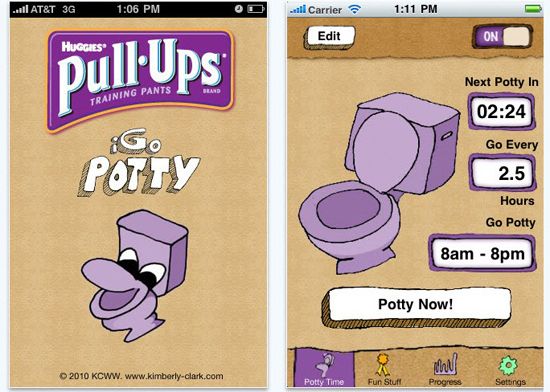 When I see it, I know that he or she needs to visit the restroom. If I want to give that child permission, I will silently make eye contact and nod at that child. Usually, most of the other children don’t even notice that someone was given permission to go! This really helps, because then I don’t have so many children that decide that they want to use the restroom due to seeing someone else go. My rule is, “No Potty Wanna-Bees.” You don’t get permission to go to the restroom just because you see that someone else is going. Only YOU can know if you need to go! They just have to put their finger back down and wait and ask again a little bit later- if they think of it. And they almost NEVER do! Those that really need to go will ask again.
When I see it, I know that he or she needs to visit the restroom. If I want to give that child permission, I will silently make eye contact and nod at that child. Usually, most of the other children don’t even notice that someone was given permission to go! This really helps, because then I don’t have so many children that decide that they want to use the restroom due to seeing someone else go. My rule is, “No Potty Wanna-Bees.” You don’t get permission to go to the restroom just because you see that someone else is going. Only YOU can know if you need to go! They just have to put their finger back down and wait and ask again a little bit later- if they think of it. And they almost NEVER do! Those that really need to go will ask again.
BUT… know your students! There may be some children that cannot wait, and you will need to know who they are! I ask parents at the beginning of the year parent meeting to let me know if their child as issues being asked to wait a little bit before using the restroom.
At the beginning of the year, it can be a little difficult for children to remember to use the Secret Signal for requesting to use the restroom. I have learned that if I give permission for them to go when they ask some other way, (such as in the regular way,) they will never bother to remember the Secret Signal and the system breaks down. So if a child raises his or her hand and asks me if they can go to the bathroom, I simply ask them, “What is the Secret Signal?” I insist that they ask me again later in a few moments, using the Secret Signal (unless the child is doing the Potty Dance and it is clearly an emergency!) Once we go through this routine, and they discover that I will not allow restroom visits any other way, they all get used to it and we have no troubles.
The Secret Signal for using the restroom is VERY important to me because there are times when I will not allow the children to raise their hands to ask a question. So even if they are not allowed to stop my lesson and ask a question, they can still ask permission to use the restroom. For example, if I only have five minutes to read a short book, and someone wants to say something, I know that this will usually touch off a whole slew of comments! So I just shake my head and say, “Hands down! No questions right now!” I just insist on this until they all relent and put their hands down. You know if you let ONE child start to comment on the lesson, you have to let them ALL comment on the lesson! Then the lesson can get very long, and your group of children can get quite restless. So, disallowing questions and comments at certain times of the day is an important form of classroom management for me. AND, teaching them an alternative method of asking permission to use the restroom helps the children all avoid accidents, and it helps ME avoid the parental complaints that can come with them!
For example, if I only have five minutes to read a short book, and someone wants to say something, I know that this will usually touch off a whole slew of comments! So I just shake my head and say, “Hands down! No questions right now!” I just insist on this until they all relent and put their hands down. You know if you let ONE child start to comment on the lesson, you have to let them ALL comment on the lesson! Then the lesson can get very long, and your group of children can get quite restless. So, disallowing questions and comments at certain times of the day is an important form of classroom management for me. AND, teaching them an alternative method of asking permission to use the restroom helps the children all avoid accidents, and it helps ME avoid the parental complaints that can come with them!
I hope you found this helpful! If you enjoyed this blog post, be sure to follow HeidiSongs by email feed by checking at the top of the side bar, or follow using Bloglovin’ or some other type of email reader. Don’t forget to follow Heidi on Pinterest, Facebook, Twitter, Google+, and subscribe to our channel on YouTube, too!
Don’t forget to follow Heidi on Pinterest, Facebook, Twitter, Google+, and subscribe to our channel on YouTube, too!
Uncategorized
NATIONAL POTTY DANCE DAY - March 5, 2023
National Potty Dance Day is celebrated on March 5 every year. It is all about the movements people make when they need to use the bathroom. This dance is done voluntarily or involuntarily when a person’s bladder is full. They move from side to side in an attempt to avoid using the bathroom. The dance is helpful to children because it is a clear signal to their parents that they need to use the restroom. It is a funny dance, but it is also a simple means of communication. Sometimes children may find themselves in situations where they do not feel comfortable verbally expressing their need to use the bathroom.
History of National Potty Dance Day
National Potty Dance Day is a fun holiday that is used to bring people’s attention to the potty dance.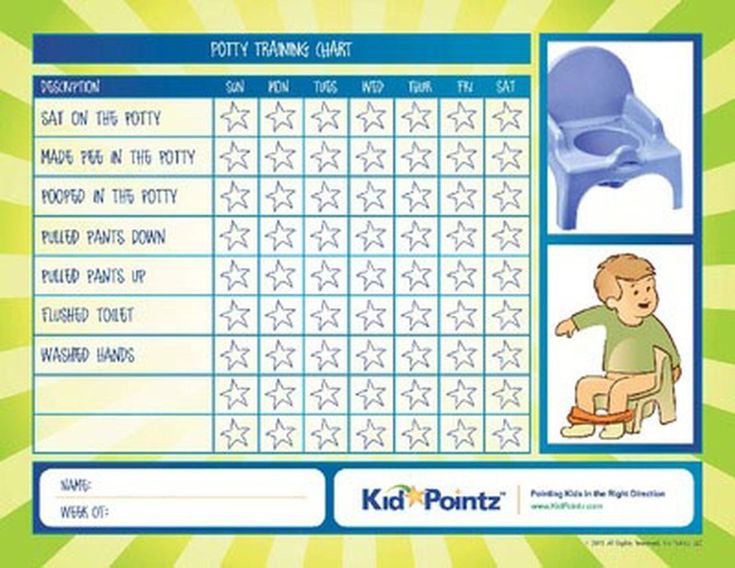 While it is usually overlooked, the potty dance is a useful part of human culture. It is widely understood around the world. The potty dance is a funny nonverbal way of communicating a need to urinate. It also allows the dancer to wait until they can reach a bathroom.
While it is usually overlooked, the potty dance is a useful part of human culture. It is widely understood around the world. The potty dance is a funny nonverbal way of communicating a need to urinate. It also allows the dancer to wait until they can reach a bathroom.
The potty dance can be performed by anyone at any time. Both children and adults do this dance for various reasons. The dance is so popular that songs and videos have been created. Children usually have fun doing the potty dance! It is safe to say that almost everyone has done this dance at some point. People start doing the movements without even realizing it!
On National Potty Dance Day, people of all ages have fun doing the potty dance. They create different interpretations of it. Huggies Pull-Ups created dance moves, a song, and lyrics to the potty dance. Their version of the potty dance is widely accepted. There are various videos to watch online. Kids enjoy watching the videos, singing along to the songs, and doing the potty dance. The holiday is a fun opportunity to bond with the kids and teach them valuable potty training.
The holiday is a fun opportunity to bond with the kids and teach them valuable potty training.
National Potty Dance Day timeline
1947
Children are Potty Trained Early
In the U.S., the percentage of children who are potty trained at 18 months is 60%.
1974
Children are Potty Trained Later
About 60% of children are potty trained at 33 months.
1980
The Potty Training Age Changes
Children are potty trained when they are around 25 to 27 months old.
2003
The Potty Training Age Increases
The average age children are being potty trained increases to 36.8 months.
National Potty Dance Day
FAQsWhich gender can hold their need to use the bathroom for longer?
Women can hold their need to use the bathroom for longer.
How do you do the potty dance?
It involves swinging your hips from side to side, hopping up and down, knocking your knees together, and looking uncomfortable.
Does crossing your legs help when you have a full bladder?
It will put more pressure on your bladder. Cross your legs when standing, but do not cross your legs when sitting. Doing this can result in pain or possible loss of bladder control.
National Potty Dance Day Activities
Do the potty dance
Do the potty dance anytime you have to use the bathroom. It can be something fun to do around friends!
Teach children the potty dance
Show children how to do the potty dance. They will laugh and learn the funny movements quickly.
Listen to the potty dance song
Listen and dance along to the potty dance song created by Huggies Pull-Ups. It is a catchy song with multiple videos you can watch.
5 Important Facts About The Potty Dance
It is funny
The potty dance is a series of silly funny movements.
It is universal
People all around the world understand what the potty dance means.
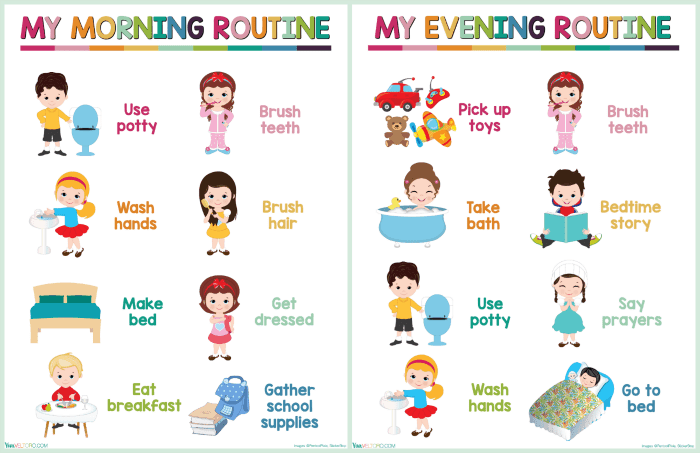
It is good communication
It is a simple nonverbal means of communication.
It prevents messes
The potty dance helps prevent bathroom accidents.
It is easy
The potty dance is so easy to do, children do it all the time!
Why We Love National Potty Dance Day
It helps children
There is nothing worse than a bathroom accident in public! The dance helps young children prevent peeing mishaps.
It bridges communication
Communication is an important factor in our daily lives. The potty dance can be understood by anyone even when there is a language barrier.
It lightens the mood
We always love a good laugh! The potty dance makes needing to urinate not seem too serious.
National Potty Dance Day dates
| Year | Date | Day |
|---|---|---|
| 2023 | March 5 | Sunday |
| 2024 | March 5 | Tuesday |
| 2025 | March 5 | Wednesday |
| 2026 | March 5 | Thursday |
| 2027 | March 5 | Friday |
First experience.
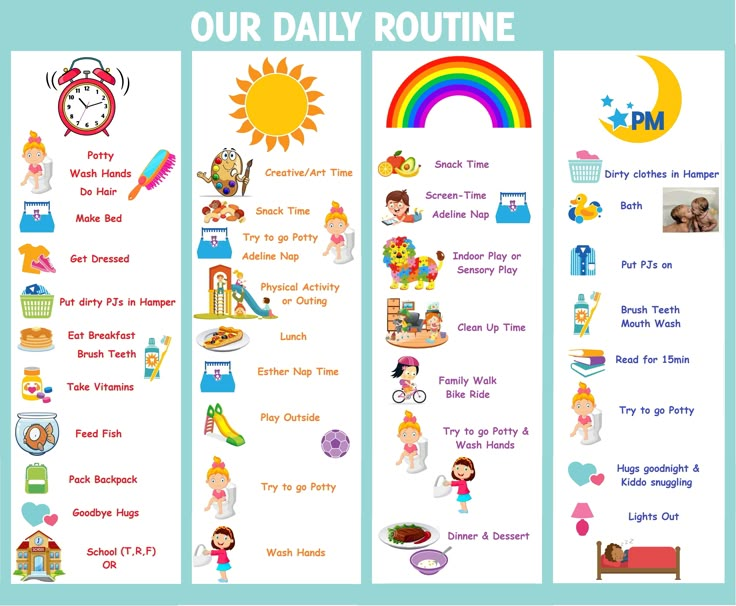 Not the gods burn the pots.
Not the gods burn the pots. Editorial DANCESPORT.RU
We sincerely thank Nadezhda Azarova, project manager of Osinka.ru, for the opportunity to publish the most interesting materials of the magazine about fashion and sewing \"Osinka.ru\" for ballroom dancers in our new section Dance Atelier!
Introduction.
Ballroom dancing and its costumes is an area that is usually outside the attention of tailors and ateliers. It so happened that specialized art studios and a narrow circle of private masters are engaged in this type of costume. And from the outside, the world of dance costume seems closed and complicated.
However, if you love dancing (at least watching, or even better - dancing), really love these costumes and want to create exquisite waltz dresses and sexy samba dresses, you can enter this world. Our material will tell you about the peculiarities of working on the dance segment and will become your guide to the circle of those who are initiated into its secrets.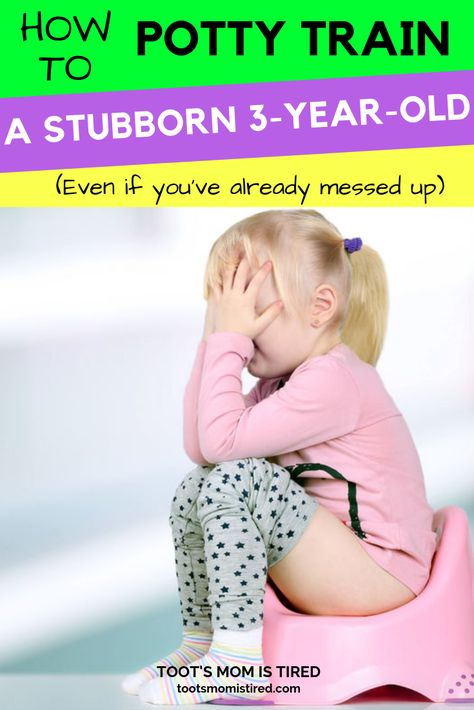 You will find out what difficulties other masters face in their work and how they solve them, get acquainted with the terminology and concepts of the dance world, see sketches of typical styles of dresses and, finally, find out how much this work costs.
You will find out what difficulties other masters face in their work and how they solve them, get acquainted with the terminology and concepts of the dance world, see sketches of typical styles of dresses and, finally, find out how much this work costs.
First experience. Not the gods burn the pots.
At the very beginning of the article it was already said that a narrow circle of masters is engaged in a dance costume. Indeed, rarely does anyone start sewing dance dresses just like that, because \"suddenly you want to\". As a rule, one comes to the tailoring of competitive dresses through one or another connection with the dances themselves.
For example, the most common variant is that the child started to study in a dance club. And, if a mother has previously sewed for herself and her family, she will almost certainly start sewing for the child herself after the first visit to the store with ready-made suits. If her practice is successful, then quite quickly the circle of her clients will be replenished with mothers and their children from the same dance studio.
Alina, master, Moscow: \"My daughter is engaged in ballroom dancing (this school year will be the fifth). I started to sew costumes for several reasons. room for creativity, for the use of various finishes (embroidery with sequins and beads, sticking with stones, trimming with fringe, feathers, etc.) Secondly, the feeling of belonging to the magical world of dance, which has fascinated me since childhood (this is partly why I gave my daughter to dance - to make my dreams come true). Thirdly, and for many this is the main factor, sewing by yourself is much cheaper than in an atelier.\"
Quite a few begin to sew indirectly, through children. At least when it comes to the first simple dresses. As the costumes become more complex, someone prefers to order dresses from more experienced craftsmen, while someone, on the contrary, finds himself in a new direction of work and improves his experience along with the growth of the level of preparation of his child. By the way, you will be interested to know that for one of the leading professional couples in Russia, international class dancers - Denis and Ksenia Kasper (brother and sister) - all the costumes are designed and sewn by their mother!
By the way, you will be interested to know that for one of the leading professional couples in Russia, international class dancers - Denis and Ksenia Kasper (brother and sister) - all the costumes are designed and sewn by their mother!
In addition to her own children, a client who dances herself or whose children dance can also bring a dressmaker to tailoring dance costumes. The success of the dressmaker will be quickly noted in the dance club, and her phone will be passed on to friends at competitions. After all, everyone needs a good tailor!
Tatyana, master, Vladimir region: \"I sewed women's clothes to order. Once, a client asked me to sew a waltz dress for her daughter. a specialized atelier, so they sew everything they can.Some go to \"Esta\" to Moscow, but there are only a few of them, some just buy fabric in\"Este\" and bring it in. Now I'm sewing a couple of juniors (my favorites) - that's with them growing, gaining experience.\"
There is a third option: a dressmaker and a customer - in one person. Dance costumes are not cheap, so ladies who know how to sew often prefer to solve costume problems on their own. They know perfectly well what kind of dress they need, they know how they will move in it and they know all those little things that are important for the dance, about which the dressmaker, who has never danced, has a very distant idea. Leaving the sport, many of them become experienced dance costume tailors with an extensive clientele.
Dance costumes are not cheap, so ladies who know how to sew often prefer to solve costume problems on their own. They know perfectly well what kind of dress they need, they know how they will move in it and they know all those little things that are important for the dance, about which the dressmaker, who has never danced, has a very distant idea. Leaving the sport, many of them become experienced dance costume tailors with an extensive clientele.
Black Mary, master, Netherlands: \"I have been sewing since childhood and have been fond of ballroom dancing since my youth. In my youth I simply did not have money to pay for costumes, so I started to sew them myself. Now I sew partly to save money, partly because I don't want to dance in the same dress for the whole season. And again - than to explain what and how I want, it's easier to sew it myself!\"
easy from a psychological point of view, but by no means the only one. So, where to start for a master who has never sewed or worn such costumes, whose children are far from dance sports, and whose clients danced at the school disco for the last time?
You are already taking the first step, reading our material. The second step is to go to competitions of any level, look at dresses in motion, feel the energy of this sport. Or watch the dances recorded on video cassettes. This is also a good place to start. The third step is to offer your services at the nearest dance and sports club (TSC). Take a look at the groups, meet the coach, chat with the moms after training... and start your way to the top by sewing the simplest dresses for the smallest dancers.
The second step is to go to competitions of any level, look at dresses in motion, feel the energy of this sport. Or watch the dances recorded on video cassettes. This is also a good place to start. The third step is to offer your services at the nearest dance and sports club (TSC). Take a look at the groups, meet the coach, chat with the moms after training... and start your way to the top by sewing the simplest dresses for the smallest dancers.
Fashion and sewing magazine \"Osinka.ru\"
Liked the article? Share with friends!
Mikhail Gorshok Gorshenev | Sobaka.ru
Bright appearance plus non-standard opinion on any issue - he is an icon of all Russian punk rockers. For fifteen years, that is, since the very birth of the team, Gorshenev has been the visiting card of the King and the Jester group.
Do you remember your first concert?
It was at the Tam-Tam club.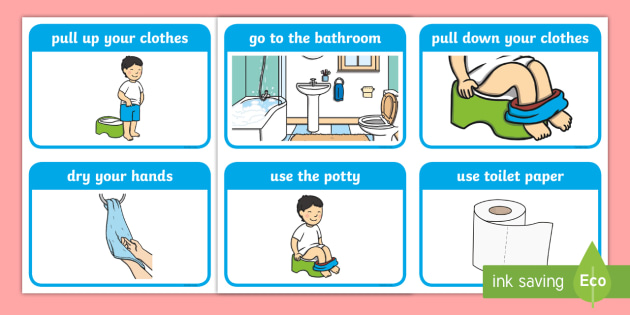 The concert was wonderful! I went out, immediately fell down and sang lying down. I don't remember what I sang. In "Tam-Tam" there was such a custom - a group was given a case of beer as a fee for performing. And if the concert was good, then two boxes. We were one of those who were given two boxes. Although we can still play concerts drunk, but this did not happen again - so that I passed out on stage, picked up a microphone and did not remember anything else! This is real punk rock, live.
The concert was wonderful! I went out, immediately fell down and sang lying down. I don't remember what I sang. In "Tam-Tam" there was such a custom - a group was given a case of beer as a fee for performing. And if the concert was good, then two boxes. We were one of those who were given two boxes. Although we can still play concerts drunk, but this did not happen again - so that I passed out on stage, picked up a microphone and did not remember anything else! This is real punk rock, live.
Did you get promoted quickly?
We quickly became a cult group, began to collect full halls, and we began to be invited to various festivals. We were not very good at playing yet, but we were already putting together the "Jubilee"! It was the first time I saw so many people dancing the punk pogo dance!
Don't you want to go to some punk concert and start dancing?
You don't really look like concerts yourself - they recognize you and stick a finger.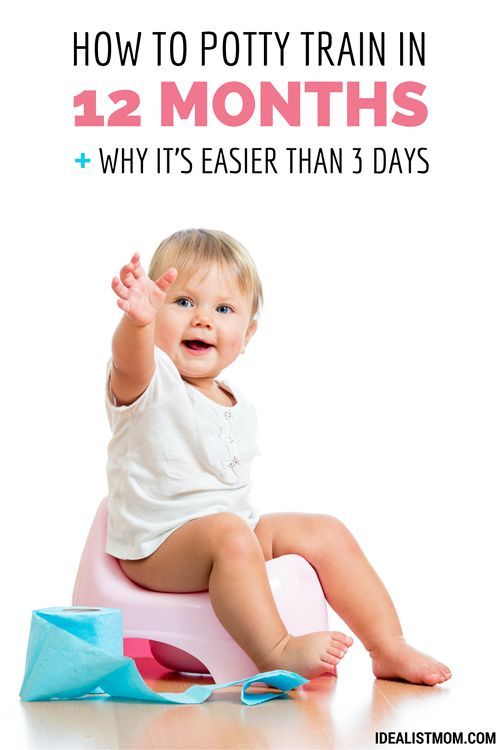 Therefore, I move around the city either by car or by bicycle. And if you ride the subway, then, of course, they are suitable. If I have
Therefore, I move around the city either by car or by bicycle. And if you ride the subway, then, of course, they are suitable. If I have
is in the mood, then I can talk, and if there is no mood, then I can send
! At least I'm not hypocritical - as it is, it is.
Do you ride a bike a lot?
I'm already thirty-three, inside I feel like a young punk,
and I probably don't look like that at all… Cycling is something like a sport. Although before I was on the bike one way or another I drank beer. But now he has stopped drinking, and cycling will be more beneficial!
Can a punk rocker exist apart from alcohol?
Of course not! But it will. I try to treat life with fun, but the liver takes its toll. I have always loved to drink beer - take five liters from the keg in one gulp! They even called me Goblin. This is my other self, and I don't even know what this Goblin is doing! It was good for being young, a young punk is the happiest person in the world! And the old punk is already a struggle.
Will it be hard not to drink in the company of drinking comrades?
It's hard, of course. But I have a feeling that soon they will all
be sewn. One already, a new musician, bassist Yakov Tsvirkunov. We are professionals - we can drink and play as much as we like. But visitors can't. They see us drinking and they drink too! And then they don't say anything at all. One bass player left us, the second one left, now the third one - they already wanted to say goodbye to him.
You have always actively opposed pop music. And now?
I hate r‘n‘b the most! It’s a pity even Decl a little, once I accidentally said the following phrase: “Decl is a sucker.” She was picked up and now shouted at every concert. Previously, informals sneered at the majors, we despised all this talk about cars, apartments and yachts. And now it's become cool.
Is there any nostalgia for those times?
Now there are more opportunities - you can perform in clubs at least every day! But this is not the point, but the reason for which the musicians do it. They want to make money first. We had one producer who offered us to appear on TV and other promotion ... "I'm sixty percent, and you're forty," he suggested. “Go to…” we answered. I consider myself a fanatic - when I started making music, I didn’t think about what awaits me, I didn’t think about the future! I didn't have any career. I studied at some restoration school and constantly waited for free time. I wanted to compose music, and that Andryukha (Andrey Knyazev - vocalist) would bring lyrics as soon as possible so that we could work with them. We have a very complex lyrics, each song is a story, and it needs to be new every time. Here
you can’t just compose poetry and carry gag - we don’t go beyond the “King and the Jester”. The text should not carry any dual meaning, the listener should hear the whole story.
Are there references to any literary works in your texts?
More often texts are written on the basis of historical literature.
Andrei wrote the song "Bear", but he did not know that it turned out to be similar to the work of Evgeny Schwartz.

